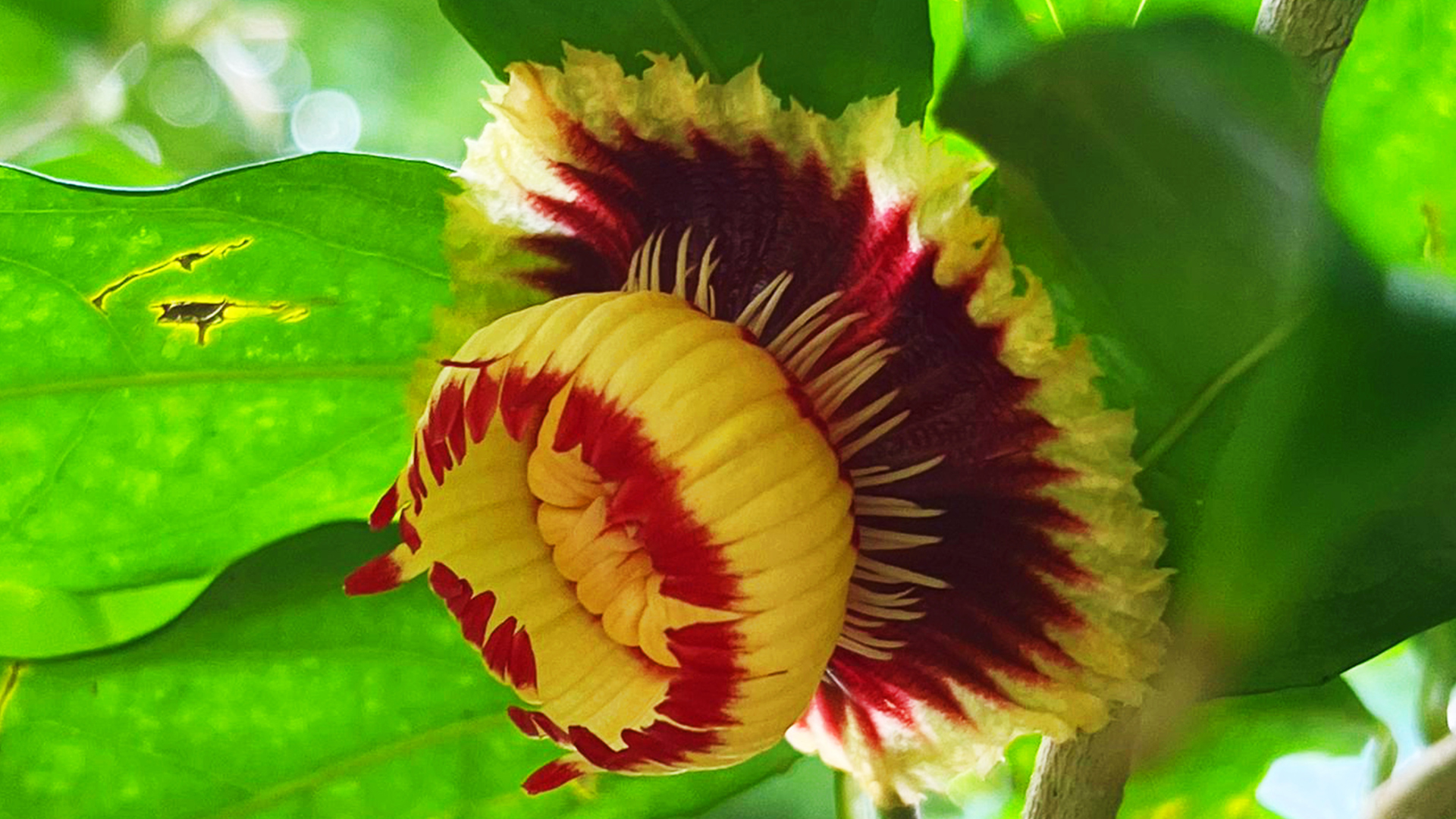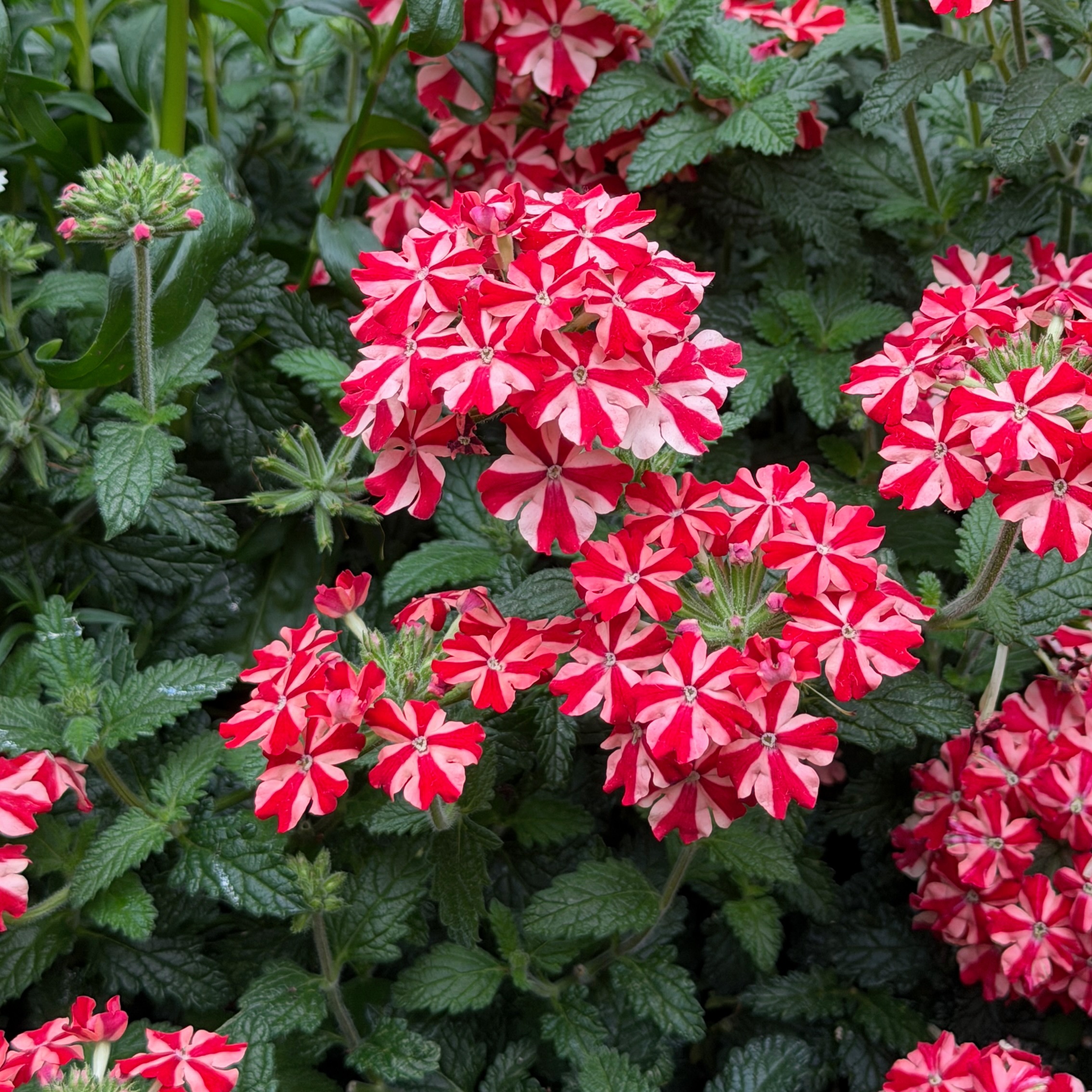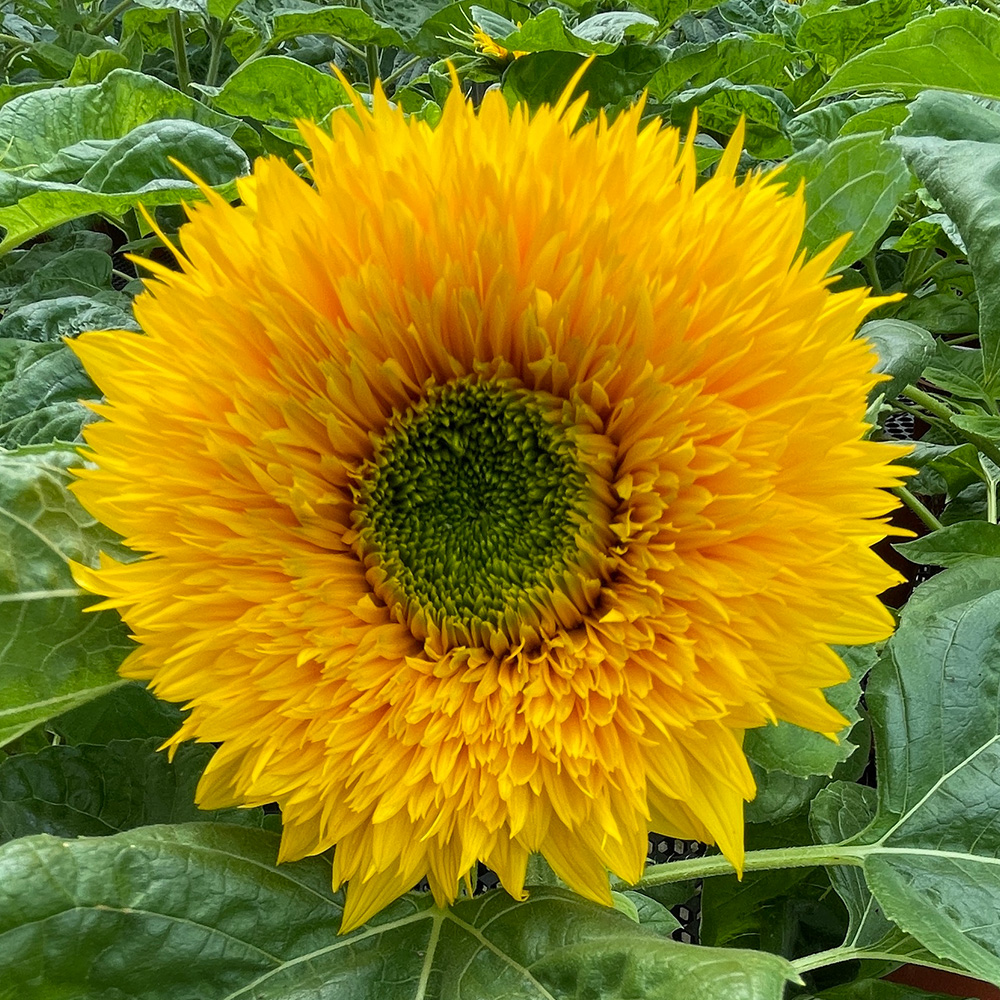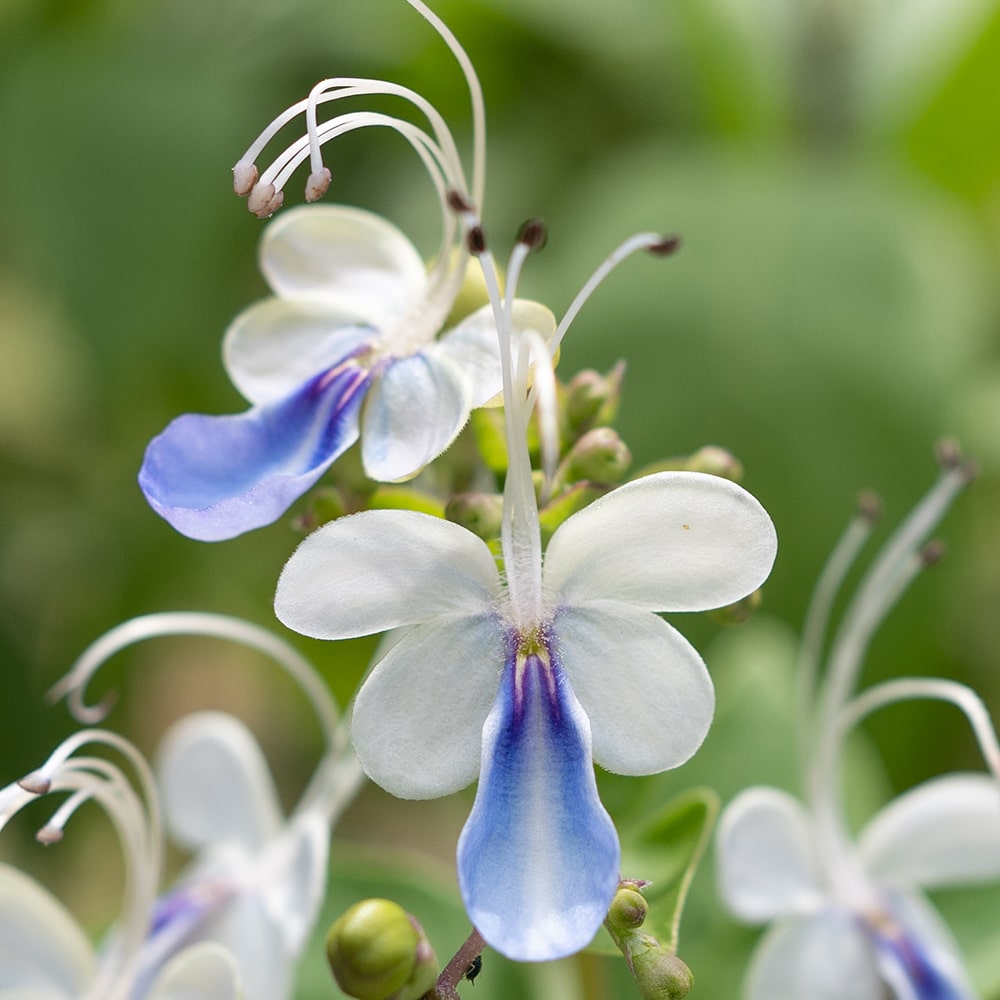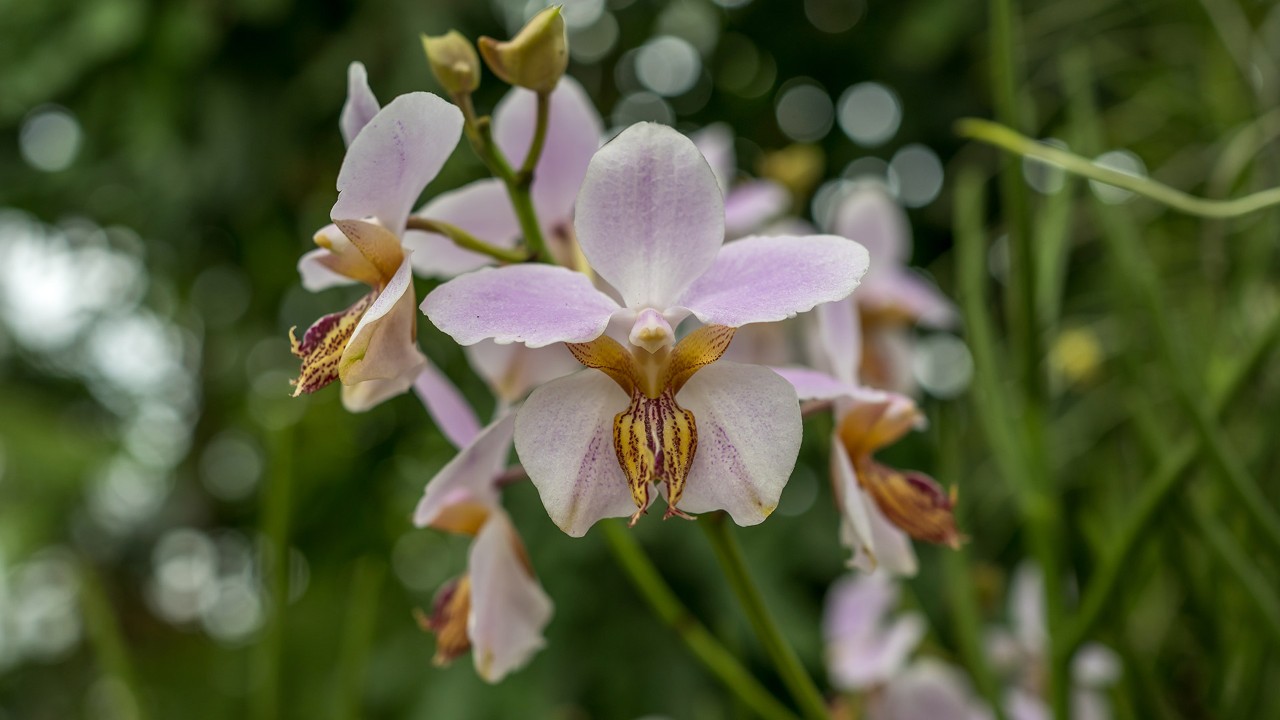
Who doesn’t love a good story! The dramatic history of Papilionanthe Mandai Gardens is certainly one worth retelling, with its tale of a treasured family heirloom lost and then rediscovered under mysterious circumstances decades later.
John Laycock, a lawyer, but more importantly a founding member of the Malayan Orchid Society (now known as the Orchid Society of Southeast Asia (OSSEA)) was a dedicated and passionate orchid collector and breeder. So much so, that in 1950, he co-purchased a five acre plot of land to house his ever-growing collection, founding Mandai Orchid Gardens in 1951, a business which eventually focused on the breeding and international sale of hybrid orchids, and a frontrunner in the foundation and expansion of Singapore’s orchid industry. But that is a story for another time
Laycock went on many orchid collecting trips around the Southeast Asia region, and perhaps it was on one of these trips that he acquired Paplionanthe tricuspidata (then known as Vanda tricuspidata), from the Lesser Sunda Islands in Indonesia, where it is native. Sometime in the 1950s, he took the pollinia from a flower of P. tricuspidata, and transferred it to the stigma of a flower of P. teres, a related species native to Nepal through South China and Indochina (also one of the parent species of Singapore’s national flower Papilionanthe Miss Joaquim). The resulting offspring looked almost identical to P. tricuspidata with its characteristic red-spotted yellow, three-toothed (tri-cuspidate) midlobe of the lip petal.
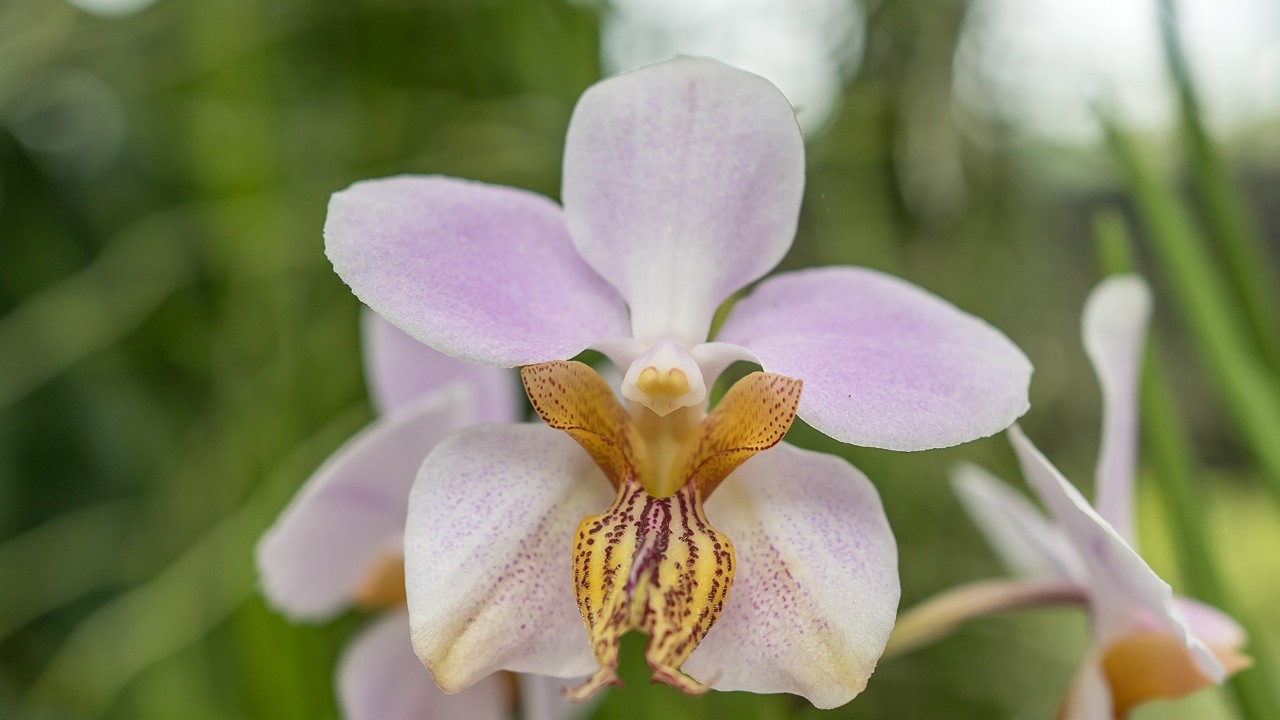 This close-up of Papilionanthe Mandai Gardens shows its distinctive and prized lip petal form which is very similar to that of one of its parents, P. tricuspidata.
This close-up of Papilionanthe Mandai Gardens shows its distinctive and prized lip petal form which is very similar to that of one of its parents, P. tricuspidata.
Raised as a single clone, this unregistered hybrid was treasured by Amy Ede, Laycock’s adopted daughter, as one of her family heirlooms. After John Laycock’s death in 1960, Ede, her husband, and two other partners took over the management of Mandai Orchid Gardens. With all the work of running the business, the orchid hybrid was discovered missing in the late 1990s, perhaps stolen, mislabeled, or sold off without approval. Distraught over this unexplained loss, Ede told her operations manager David Lim that if the hybrid was ever recovered, it should be named after Mandai Gardens.
Remarkably, the hybrid was reidentified in Indonesia where it was being mistaken for and sold as Papilionanthe tricuspidata, the parent it most closely resembled, for over a decade. Recent DNA analysis by the Singapore Botanic Gardens confirmed it as the hybrid between P. teres and P. tricuspidata and Lim was finally able to fulfill Ede’s wishes, registering the hybrid in 2018 as Papilionanthe Mandai Gardens.
Despite the yet-unexplained mysteries of its disappearance, we’re glad Papilionanthe Mandai Gardens has been rediscovered and are proud to be able to feature it in our newest display, ‘Orchid Stories of Singapore’.
Come find the plant yourself, learn about the stories behind some of Singapore’s most famous orchid species and hybrids, and perhaps make some new orchid stories and memories of your own! Distraught over this unexplained loss, Ede told her operations manager, David Lim, that if the hybrid was ever recovered, it should be named after Mandai Gardens.
Written by: Janelle Jung, Senior Researcher (Research and Horticulture)
A transplanted pake (Hawai'i-born Chinese), she's finding her own Singaporean roots. Every plant has a story, and Janelle helps discover and share these with colleagues and guests, hoping to spark a mutual plant passion! Ask her what plant she named her cat after!
